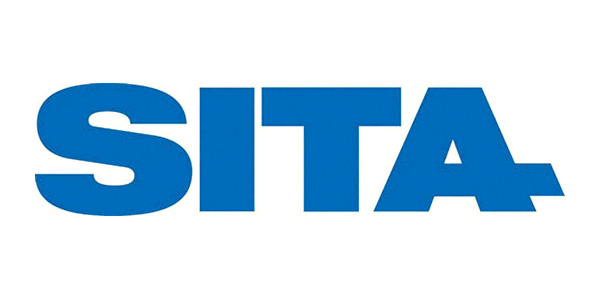In recent years, many states have created additional avenues for closure that go beyond the traditional remediation or monitored natural attenuation. These options are often cheaper to implement, and achieve closure faster and more reliably than other treatment paths. Therefore, Green Star Environmental is committed to exploring these programs and evaluating each site for a pathway to closure under risk based or other regulatory options.
In order to keep sites from lingering in a state of perpetual monitoring, Green Star Environmental has aggressively pursued risk-based regulatory closures within the confines of the applicable regulations. To obtain this type of closure requires knowledge and experience in navigating the many tiered risk-based programs and options across the country. Green Star Environmental has a wealth of experience in applying risk-based principles to determine site specific cleanup goals that may be applicable to closure. Our closure approaches have involved utilizing a variety of models, both simple and complex, for calculation of site specific cleanup goals based upon actual potential exposure pathways and chemicals of concern for any given site. Green Star Environmental routinely uses the approach of developing a Site Conceptual Model (SCM) for the site to focus the evaluation on the specific chemicals and exposure pathways necessary to achieve closure. Whether calculating site specific clean up goals or evaluating options to eliminate potential exposure, Green Star Environmental has consistently achieved risk-based closures in several states including Arizona, California, Florida, Georgia, Indiana, Kentucky, Mississippi, New Jersey, New Mexico, Oregon, Pennsylvania, Tennessee, and Washington D.C.
In addition, Green Star Environmental has had tremendous success working with municipalities and private clients to create Municipal Setting Designations (MSDs) within Texas, and has worked with municipalities and the private sector to revitalize urban areas that have languished because of the potential environmental risks associated with historical site activities. This process can facilitate property transactions and pave the way for the redevelopment of properties to assist with revitalization of urban areas, turning “brownfields” into productive community assets.









